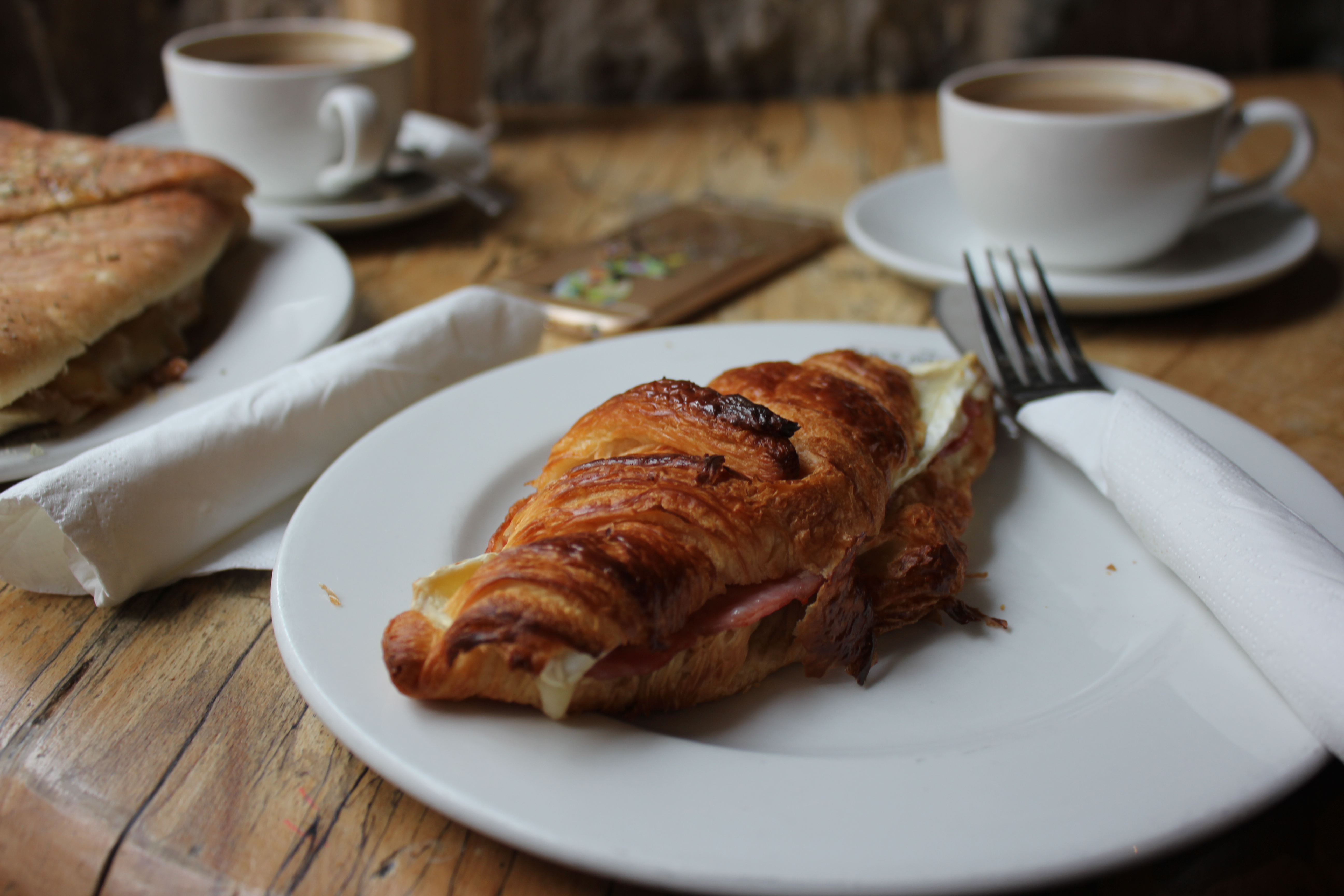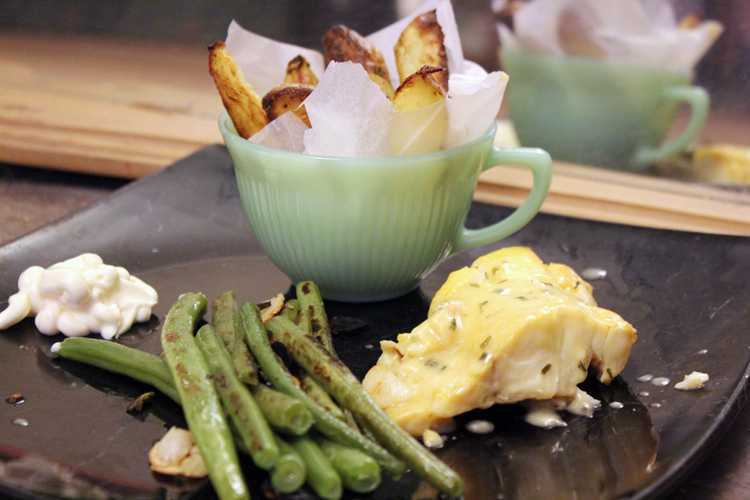All the way back in 2014 I wrote a post about fitness habits you’d never catch me doing (I checked, I still don’t).
I also included 3 I actually wanted to make part of my routine.
I’m kinda happy to say that I actually do all of those 3 things these days. But it was a struggle getting there.
So today I thought I’d write about number 1 on that list.
Meal planning.
I almost always plan my meals these days. It helps keep me organised, and makes sure I always have something vaguely nutritious to eat and am less likely to order a slightly disappointing takeaway at 9pm which is bad for my wallet, my waistline, and my cholesterol levels.
Planning my meals took practice. To start with it took me quite a while to do. These days it’s pretty speedy. I have a stock of meals I cook, and if I fancy a change I stick in something different once in a while, that may, or may not, join the cast of regulars.
These tips are just based on how I do it. Others may do it differently, and you might find a few tweaks that work for you, but this is a good start.
Your Week
Start with your week. I get my shopping delivered on Thursday nights to avoid supermarket impulse buys, so my weeks run Friday – Thursday.
Grab a piece of paper (or a spreadsheet if you’re hi-tech), and write down the days, then think about your schedule for the week. I actually like to do this on a spreadsheet as I can move meals around more easily if I want to change things. You could use sticky notes as well.
Will you be home late on Wednesday so dinner needs to be something quick and easy? Are you away one night so you won’t need to buy food for that day? Are you travelling one day and need a lunch that can be taken as a packed lunch?
Top Tips
- Use paper or a spreadsheet so you can move things around.
- Consider your weekly schedule.
Your Food
I then start with breakfasts and lunch. I normally eat the same thing almost every day for breakfast and lunch. Breakfasts are either smoothies or overnight oats, and I have 3 or 4 lunches that I meal prep in advance and keep in the fridge. This week, for instance, lunch is tuna, pasta, olives and a hard boiled egg. Last week it was turkey meatballs and cous cous.
If you are counting calories or macros a spreadsheet is extra handy here. You can enter the counts for your breakfast and lunch, and make a handy formula to tell you what’s left for dinner and snacks.

Mr LLL and I share the cooking, so I’ll write down a dinner on my days, he’ll pick his. If I’m being strict with my macros I’ll then do some tweaking to breakfast and lunch, or add snacks to get as close to my numbers as possible.
Have a look through your cupboard and freezer and see if there are any leftovers that you can plan a meal around to avoid waste. Also consider if you can bulk cook any of the meals and freeze them for future use. I do this with chilli and stews. You can also make fresh pizza, freeze it, and cook it straight from the freezer.
To start with, if you don’t have any goto recipes, I recommend BBC Good Food and the HelloFresh and Gousto Cookbook. The Gousto recipes particularly are great for us as all the recipes are for 2.
If you shop once a week, consider the order of your meals. If I’m cooking meals that ask for things like peppers or mushrooms, I like to plan them early in the week so they don’t turn into a shriveled mess before I get to eat them. Later in the week I might cook meals made largely from frozen stuff, tins, or more sturdy vegetables like parsnips and sweet potatoes.
Top Tips
- Start with lunches and breakfasts. Keep them simple.
- Check your cupboards and freezer for leftovers you can use.
- Consider the order of your meals. Eat fresh produce early in the week so it doesn’t go off.
- Print out your recipes.
Your Shopping List
Once you have your meal plan ready you need to shop for it. You can either enter the ingredients directly into your online shopping, or prepare yourself a shopping list. I recommend My Supermarket because you can compare the cost of your shopping across multiple supermarkets.
I start with the household staples for my list. I know that I need milk, coffee, washing powder, hot chocolate and butter, for instance.
Once those are added I move onto breakfasts and lunches. If you’re doing the same thing almost every day then it’s pretty easy. I’d know I need 7 bananas, some oats, chia seeds and almond milk for breakfasts. Then I’ll check the cupboards to see if I need to order that or if I already have some.
Then move onto dinners. Work through each recipe, figure out what you need and what you already have, and stick it on your list. Make sure to check on your supplies of store cupboard items. It’s incredibly irritating to order everything for a recipe, assuming you have stock cubes in the cupboard, and then find out you don’t. Also consider whether there are any swaps you could make to bring the cost down. For instance, if I had one recipe that demanded lamb mince, and another pork mince, could I make them both with pork mice and just buy one pack?
Top Tips
- MySupermarket is great for making a shopping list.
- Add household basics first.
- Check your cupboards for store cupboard items, don’t assume you have them.
- Add dinner ingredients last.
Adapt & Learn
There will be weeks when all your vegetables go off, this is how I learned to plan those meals earlier in the week. There will be weeks when you realise you have no oil and have to go to the corner shop in your pyjamas. There will be weeks when you unexpectedly get home a lot later than planned and can’t face cooking your carefully planned meal.

This is fine. You will learn and adapt meal planning to your own life as you go. I bulk cook chilli and freeze it, and have it for one meal every week. This means if I have a day where I’m home later than planned or ended up eating out, that days meal won’t go to waste, I just roll it over to the next day and don’t have frozen chilli that week.
You’ll also learn to be realistic about what you can, and can’t, be bothered to cook. Don’t fill your meal plans with elaborate roast dinners and home made sauces if you know full well that you are a mince and a jar of Dolmio kind of a gal.
I always used to think that meal planning sounded like a hella faff that would take hours. But in reality after the first few weeks it doesn’t take long at all and I eat far better. Plus I think it has actually saved me both time and money from all those mid-week supermarket trips to buy something for dinner and last-minute takeaways because I couldn’t decide what to eat.
4 comments for “Meal Planning for Beginners”